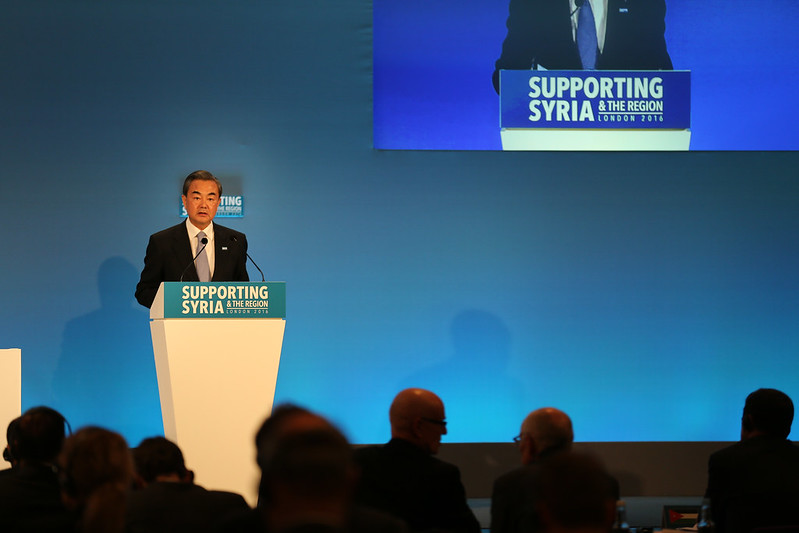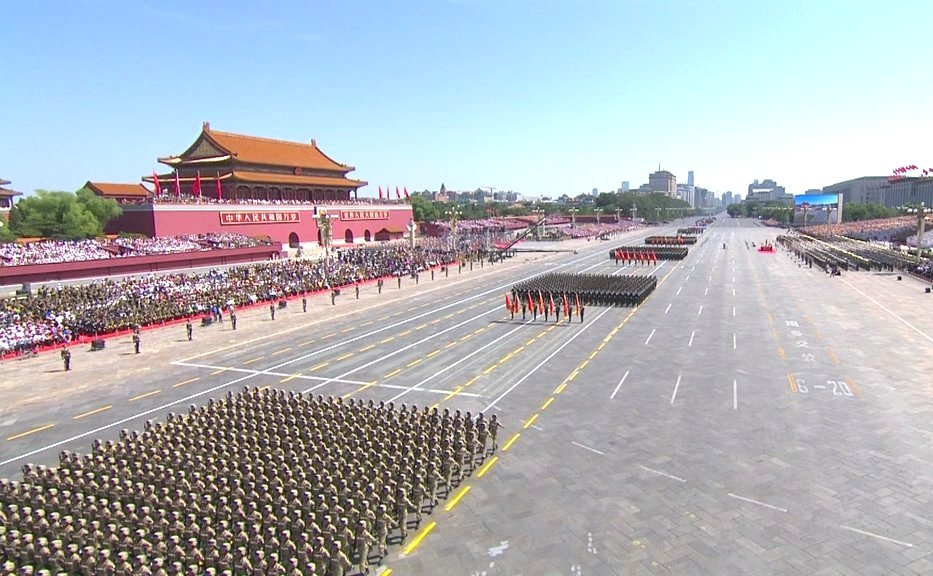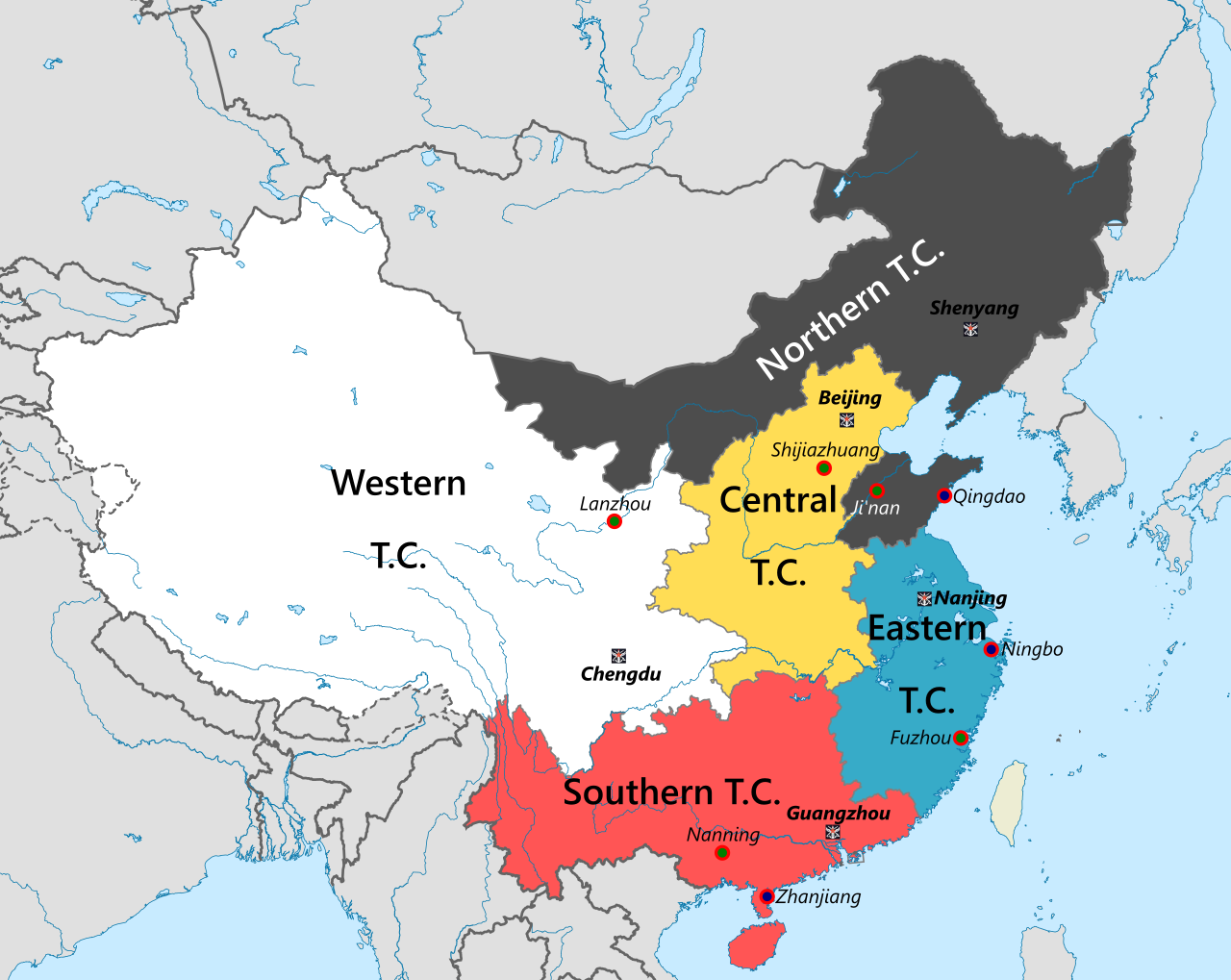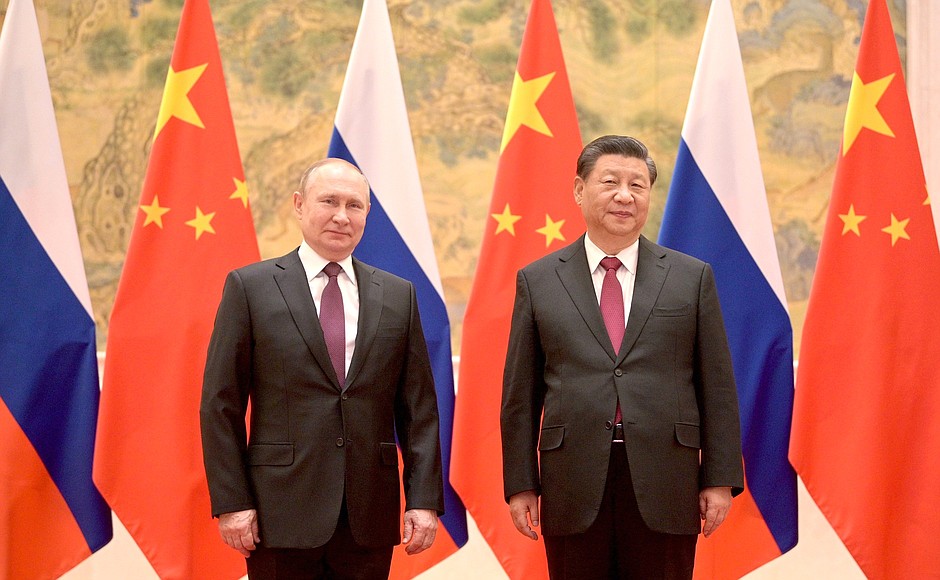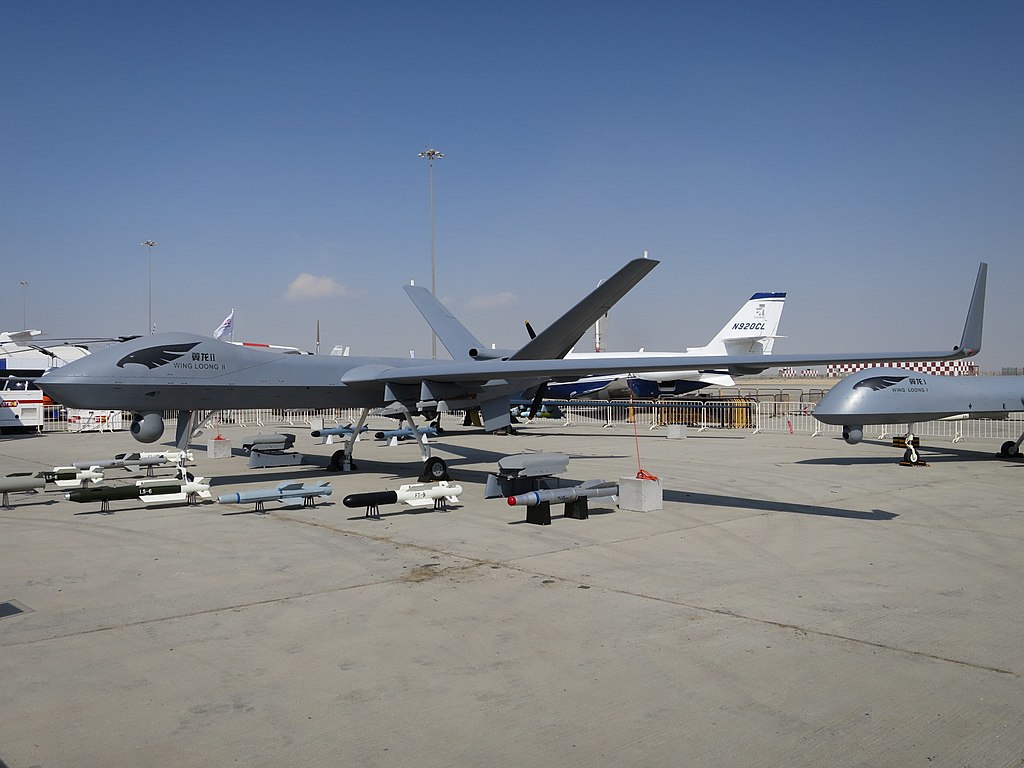“Extensive coverings have been erected on a mountainside in this arid region, and broken rocks piled up nearby are believed to be evidence of excavation of a new “sixth tunnel” for [nuclear] testing hidden beneath.”
Satellite images suggest that China is expanding its nuclear test facilities in the Xinjiang Uyghur Autonomous Region. Popular Tokyo-based news website Nikkei Asia said the images appear to show newly installed power transmission cables and a facility that could be used to store high-explosives and extensive coverings. Also, broken rocks appear to be piled up along a nearby mountainside, evidence that China could have been excavating a new “sixth tunnel” for testing. Other evidence, according to the article, includes a notice in which the Xinjiang Production and Construction Corps (XPCC), a paramilitary organization under the China Communist Party, invited bids for “10 radiation dose alarms,” “12 protective suits,” and “one detector of wound, site taints.” These items could be part of “a project for emergency monitoring of nuclear and radiation accidents.” Also raising the author’s suspicion is that, while there are no nuclear power plants in Xinjiang, the XPCC had stated it will “make 2022 the starting year for strengthening the capacity to monitor radioactivity” (see “XPCC: The Militarization of Agriculture and Construction,” OE Watch, October 2015). According to the article, President Xi Jinping could be contemplating reunification with Taiwan by force if needed. However, as “Russia’s invasion of Ukraine has provided a sobering warning about the risks of military adventures,” an added nuclear capability, perhaps small nuclear weapons, could be the force needed to deter Taiwan from seeking independence and the United States from interfering.
Source:
“Satellite Photos Show China’s New Nuclear Test Site in Xinjiang,” Nikkei Asia (Tokyo-based news website that focuses on the Asian continent), 1 August 2022. https://asia.nikkei.com/Spotlight/The-age-of-Great-China/Satellite-photos-show-China-s-new-nuclear-test-site-in-Xinjiang.
…Nikkei has viewed Satellite photographs with a number of experts that appear to confirm China is strengthening its nuclear testing capability.
Extensive coverings have been erected on a mountainside in this arid region, and broken rocks piled up nearby are believed to be evidence of excavation of new “sixth tunnel” for testing hidden beneath.
Power transmission cables and a facility that could be used for storing high explosives have recently been installed, while unpaved white roads lead from a command post in various directions.
China has 2.04 million military personnel. Although that is already the largest standing force in the world – and 1.5 times larger than that of the U.S. – it has been unable to recruit enough troops of late, according to one retired military officer. This is a combination of the old “one-China policy” and a preference among the younger generation for less physically demanding work in the private sector.
The Xi administration may be contemplating the reunification of China, and that would involve taking Taiwan by force. But Russia’s invasion of Ukraine has provided a sobering warning about the risks of military adventures, not least for the serious shortcomings in the quality of Russian military equipment. Russia supplies China with over 66% of its imported military hardware.
There is also telling evidence to be found in tenders invited from the region. In April, an official Chinese procurement website invited bids for “10 radiation dose alarms,” “12 protective suits,” and “one detector of wound site taints.” This was ostensibly part of “a project for emergency monitoring of nuclear and radiation accidents.” The invitations were issued by the Xinjiang Production and Construction Corps (XPCC), a paramilitary organization under the CCP.
Although there are no nuclear power plants in the Xinjiang Uyghur Autonomous Region, the XPCC said that it will “make 2022 the starting year for strengthening the capacity to monitor radioactivity.” Procurement of related equipment has increased in the region.
Russia has threatened the use of small nuclear weapons on airports and underpopulated areas in Ukraine. The U.S. has so far had no direct involvement in the war there, and some analysts have argued that the possible use of nuclear firepower has made it even more wary of any entanglement.

